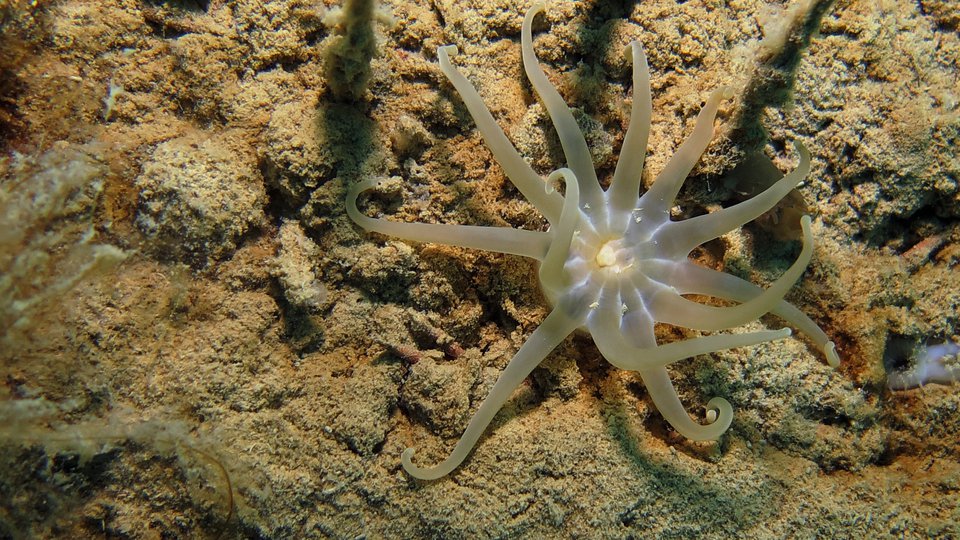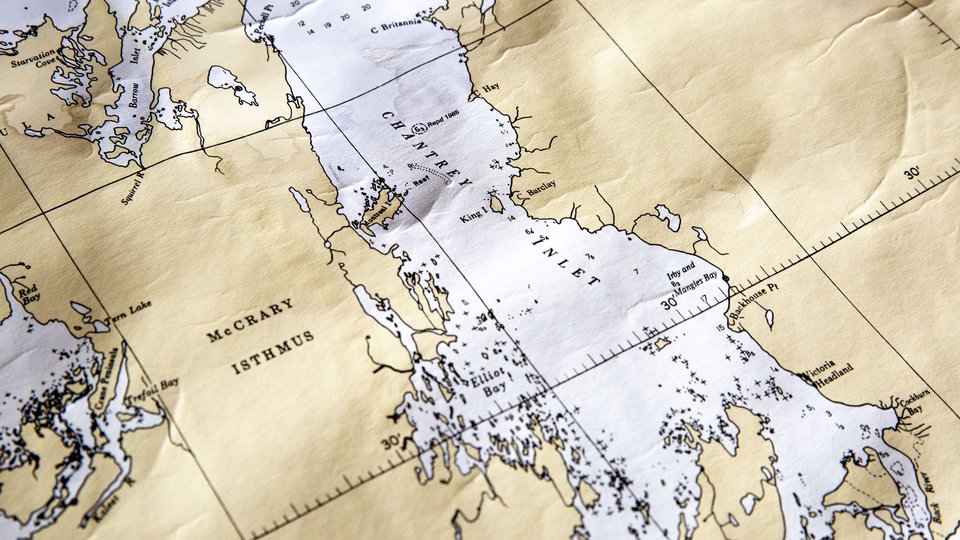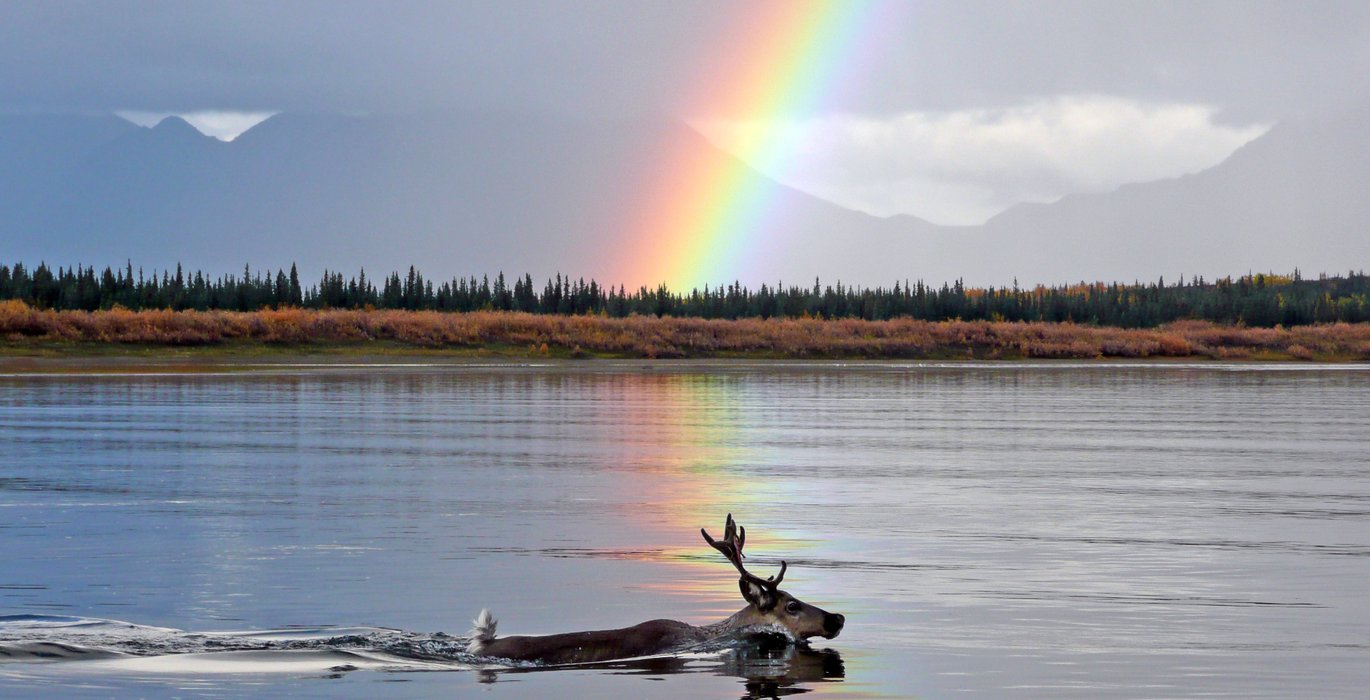
Alaska’s Western Arctic herd of caribou once numbered nearly half a million animals, peaking at 490,000 in 2003. By 2023, researchers estimated the population had declined to about 152,000.
“This is a giant herd that moves enormous distances,” said Elie Gurarie, professor of wildlife ecology at the State University of New York College of Environmental Science and Forestry. “In a year, these animals walk over 1,000 miles easily—2,000 miles maybe.”
The caribou inhabit a 360,000-square-kilometre range in northwest Alaska, with the mighty Kobuk River flowing through it from east to west.
Winters in this part of Alaska can be very long—up to eight months in some areas—and very cold, with temperatures plunging to -40 Celsius and below. However, change is rapidly occurring in the region as the warming Arctic experiences changes in vegetation, nutrient cycling, snow cover, fire regimes, and other factors. This area also faces the potential for increased development, including extractive uses.
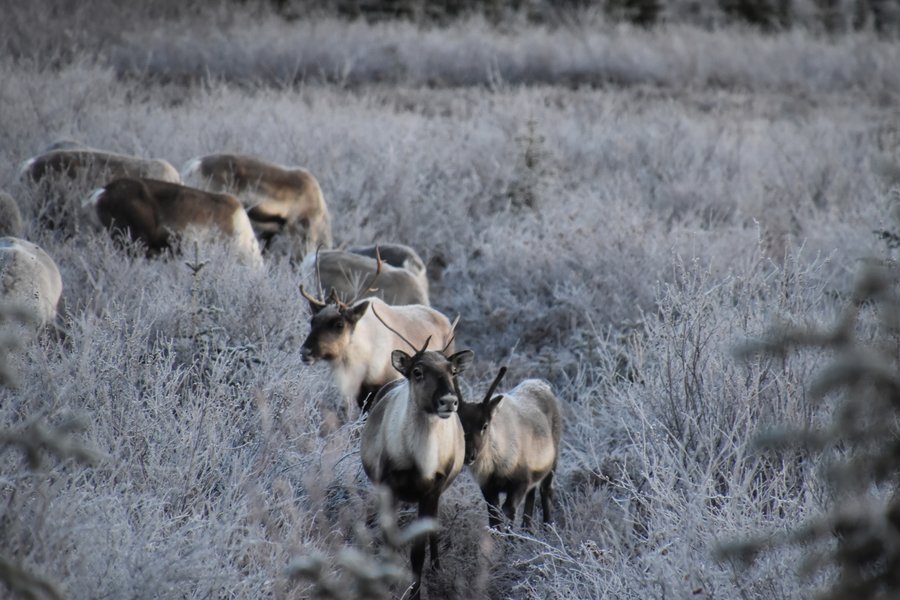
Winters in this part of Alaska can be very long with temperatures plunging to -40 Celsius and below. (Photo credit: NPS-Kyle Joly)
Gurarie and his fellow researchers studied how highly mobile caribou adapt to changes in such a seasonal and harsh environment.
“[It] is the environment in which they have lived and thrived for millennia,” Gurarie said. “How are they adapting to these rapid changes? So that has big picture interest.”
Migration is a strategy animals can use to adapt to dynamic environments. Caribou migrate long distances across massive ranges, allowing them to find more food, dodge predators, or find better habitats.
Once they have migrated, they are committed to that location, and where they choose to spend their winter could mean the difference between life and death.
“You really have to commit because the distance between where one animal spends one winter and where it might spend the next winter is like 500 kilometres,” said Gurarie. “ It’s not like they can just check out one and check out the other and then decide.”
Gurarie’s team sought to learn more about how caribou make this crucial decision and how they adapt or modify their migratory routes over time. They recently published their findings in Global Change Biology. During the study, they found the Western Arctic herd of caribou shifted their winter range by 500 kilometres in just a few years. The researchers believe this shift is a broadly adaptive strategy and that their collective memories may at least partially guide the animals.
“They have to make a decision, and the only thing they have to base that decision on is a combination of what they remember and how they value a place, and what immediate conditions are,” said Gurarie.
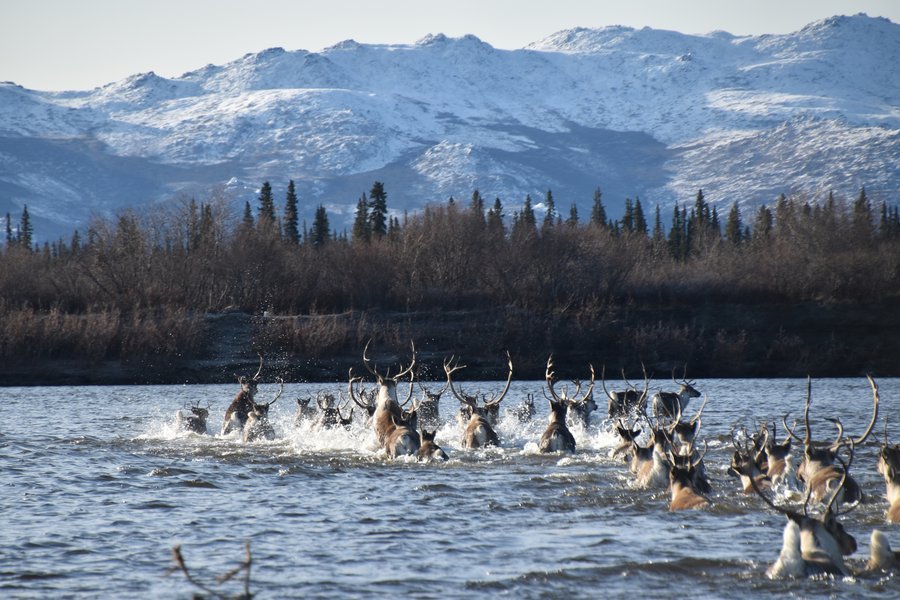
Migration is a strategy animals can use to adapt to dynamic environments. (Photo credit: NPS-Kyle Joly)
To learn about the Western Arctic Herd’s migration, the research team placed GPS telemetry collars on 326 female caribou between 2009 and 2021. These collars collected data at intervals of two, four, or eight hours. Each year, 39 to 116 caribou wore collars that were active, and over the period of the study, researchers accumulated 1,056 caribou years’ worth of data, charting their locations over time.
The study’s authors wrote that for decades, around 80% of the Western Arctic Herd crossed the Kobuk River each fall on their way to winter ranges. Many of these crossed at a site called Paatitaaq, where archaeological evidence shows that a caribou hunting camp existed for thousands of years. But then the caribou stopped crossing the river there. While in 2013, 93% of the collared caribou crossed the river, by 2020, only 8% had done so.
“In recent years, zero caribou [have crossed there],” Gurarie said. “It’s gone from hundreds of thousands to zero caribou crossing the river at that portage.”
During the winter of 2015-2016, 84% of collared caribou travelled to the Seward Peninsula for the winter, but by the winter of 2020-2021, no collared animals spent the winter there.
Instead of crossing the river to spend their winters on the Seward Peninsula in the southwestern portion of their range, the caribou began travelling towards the mountains of the Brooks Range to the east. The Brooks Range saw zero collared animals during the winter of 2015-2016, but by 2020-2021, 75% of the collared animals spent their winter there.
These two locations are 500 kilometres apart as the crow flies.
The researchers assessed this migratory shift and found it correlated with caribou mortality patterns, as well as environmental conditions. They believe this change in migratory route may be partially due to the collective memories of the caribou.
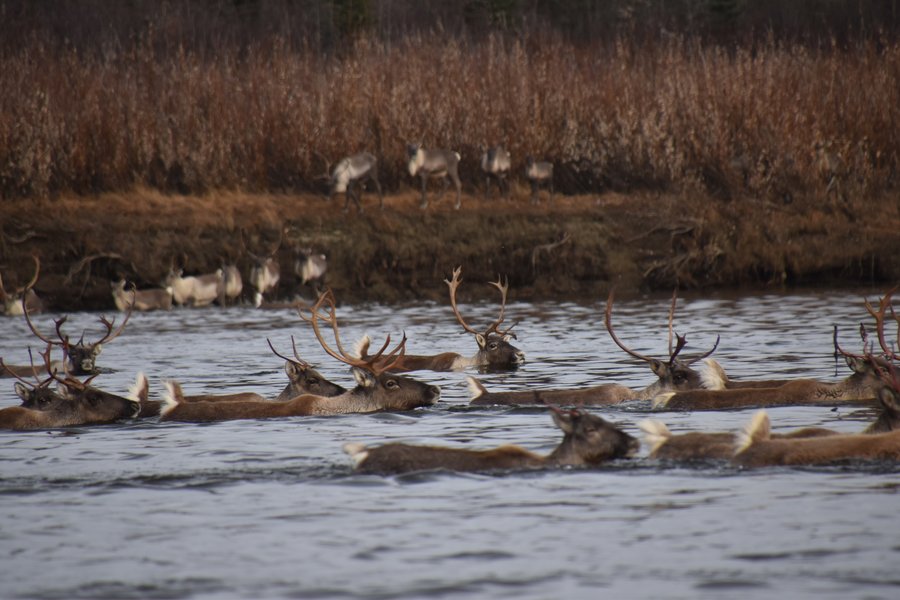
The researchers assessed this migratory shift and found it correlated with caribou mortality patterns, as well as environmental conditions. (Photo credit: NPS-Kyle Joly)
Before they switched where they spent the winters, caribou did very well in the maritime tundra, with a survival rate of more than 95%. However, this rate dropped to around 80% as caribou started to winter in other locations. The study’s authors also noted that the shift in range corresponded with “changes in seasonal patterns of survival that are consistent with poorer nutritional intake in winter.”
The study authors wrote that they found this shift to be “broadly adaptive” as well as a shift that they believe was likely driven by the caribou having a collective memory of challenging conditions in those areas during the winter. They stated that, “Unexpectedly, the strongest single predictor of an individual’s probability of migrating south was the overall survival of animals in the south in the preceding winter, suggesting that the range shift is in part driven by collective memory.”
Gurarie explained that, “if a caribou survives… it remembers the conditions that made survival difficult for everybody. So in that sense, it was memory driven, that experience from the previous year was the best predictor for where they went the following year.”
"Generally, the caribou should almost not be thought of as individuals but as one giant organism which collects information..."
The authors also wrote that “while long-term mechanisms by which large-scale collective movements adapt to changing conditions can be genetically driven… an emerging consensus suggests that for long-lived, social species, the principal mechanism is cultural. In other words, the adaptive mechanism relies on a combination of social interactions and collective memory.”
The authors emphasized the significance of this finding, noting that “as far as we are aware, this is the first evidence for a social and cognitive mechanism that helps explain large-scale behavioural changes for a wide-ranging terrestrial animal that was also supported by a fitness measure.”
According to Gurarie, although this study focuses on the binary question of whether caribou cross the river, it raises more in-depth questions about how these animals choose where to winter.
“Generally, the caribou should almost not be thought of as individuals but as one giant organism which collects information, moves around, [and] makes decisions based on this information,” Gurarie said.
He added that further research is needed to learn more about how caribou make their migratory decisions, the social signals involved, and how collective memory works.
